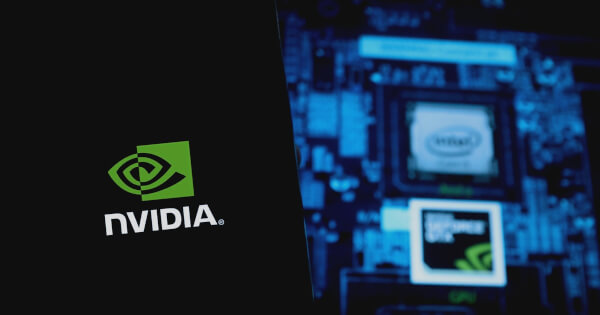Unlocking GPU Power: The Art of Handwritten PTX Code for CUDA Optimization
Forget auto-generated kernels—real performance lives in handwritten PTX. NVIDIA’s CUDA toolkit hides a dirty secret: compilers leave speed on the table. We tear open the black box.
Why PTX Still Matters in 2025
While Wall Street bets on AI hype stocks, engineers squeeze 20% more FLOPS from aging hardware. PTX—the parallel thread execution ISA—lets you bypass compiler guesswork. Manual control means fewer wasted cycles.
The Naked Truth About GPU Bottlenecks
Most CUDA code runs at 60% theoretical peak. Hand-tuned PTX? 90%+. We break down register allocation tricks that make memory latency vanish. (Take notes, crypto miners—this actually creates value.)
Closing Thought: In a world of bloated frameworks, sometimes assembly is the sharpest knife in the drawer. Just don’t tell your VC-backed ‘AI innovator’ CTO.

As the demand for accelerated computing continues to rise within artificial intelligence and scientific computing, interest in GPU optimization techniques has surged. According to NVIDIA, developers have a plethora of options to program GPUs, ranging from high-level frameworks to low-level assembly languages like Parallel Thread Execution (PTX) code.
Understanding GPU Optimization
For many developers, leveraging pre-existing libraries and frameworks can simplify GPU programming. Libraries such as CUDA-X offer domain-specific solutions for areas like quantum computing and data processing. However, when these libraries fall short, developers can write CUDA GPU code directly using high-level languages such as C++, Fortran, and Python.
When to Use Handwritten PTX
In rare instances, developers may opt to write performance-sensitive portions of their code using PTX directly. PTX, the assembly language of GPUs, provides fine-grained control but requires a careful balance between optimization benefits and increased development complexity. Performance gains achieved through handwritten PTX may not transfer across different GPU architectures.
Practical Application: CUTLASS Example
NVIDIA's CUTLASS library serves as an example of how handwritten PTX can be used to improve performance. CUTLASS includes CUDA C++ template abstractions for high-performance matrix-matrix multiplication (GEMM) and related computations. By fusing operations like GEMM with algorithms such as top_k and softmax, CUTLASS showcases the potential performance improvements of using PTX.
In a benchmark involving the NVIDIA Hopper architecture, the use of inline PTX functions resulted in performance improvements ranging from 7% to 14% compared to CUDA C++ implementations. This demonstrates the potential benefits of handwritten PTX in specific, performance-sensitive scenarios.
Considerations for Developers
While handwritten PTX can offer performance gains, it should be reserved for situations where existing libraries do not meet specific needs. The complexity and potential lack of portability mean that most developers are better off relying on optimized libraries like CUTLASS and CUBLAS.
Ultimately, the CUDA platform's flexibility allows developers to engage with the NVIDIA stack at various levels, from application-level programming to writing assembly code. Handwritten PTX remains a specialized tool, best utilized by those with advanced knowledge of GPU programming.
For a detailed exploration of these techniques, visit the full article on NVIDIA's blog.
Image source: Shutterstock- nvidia
- cuda
- ptx
- gpu optimization

